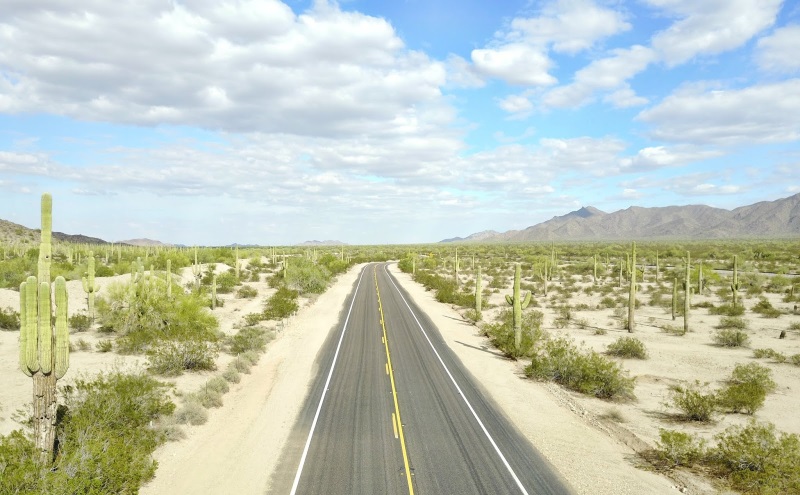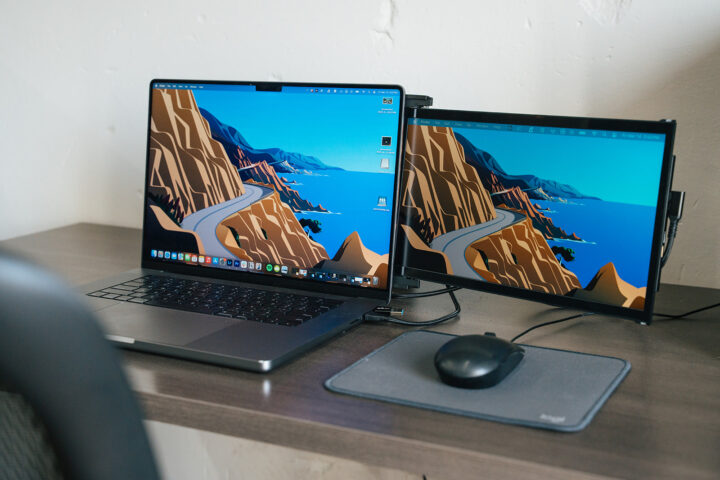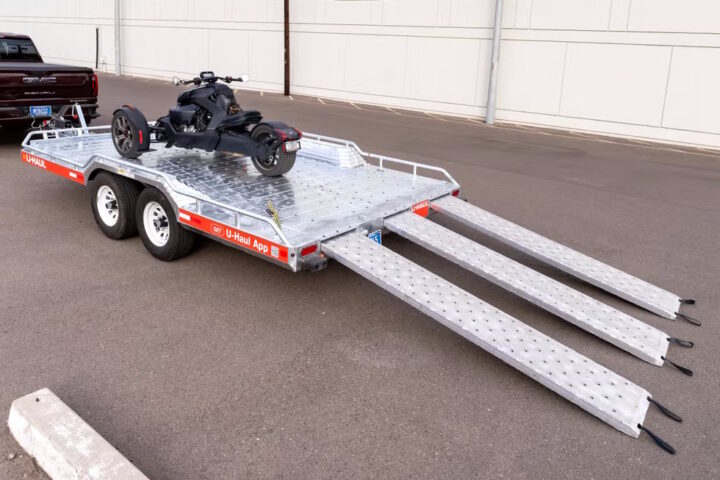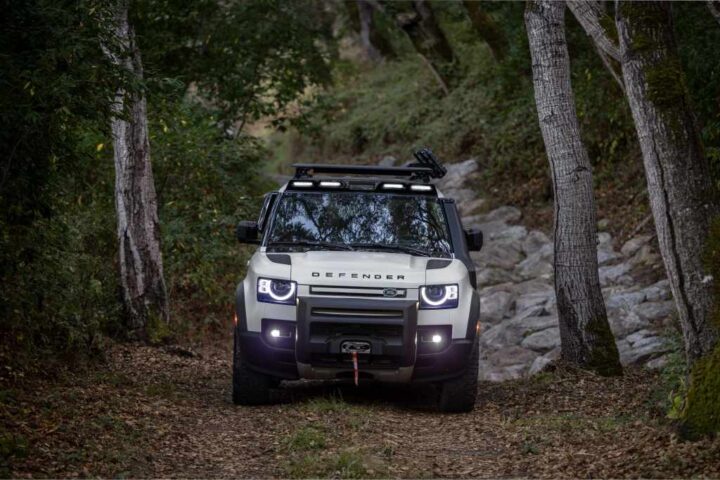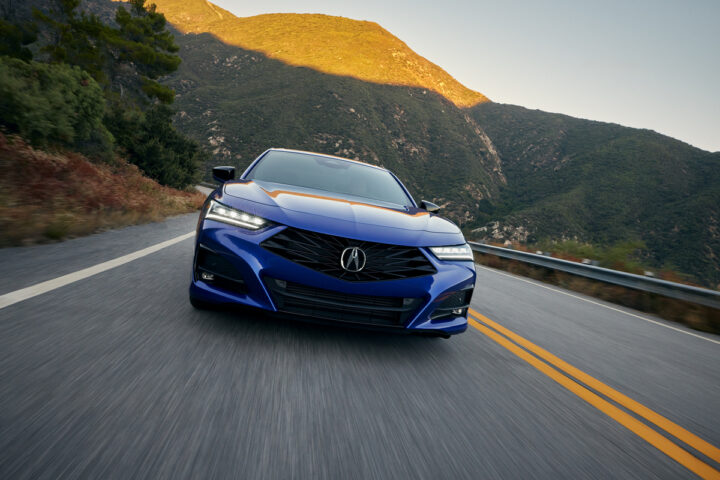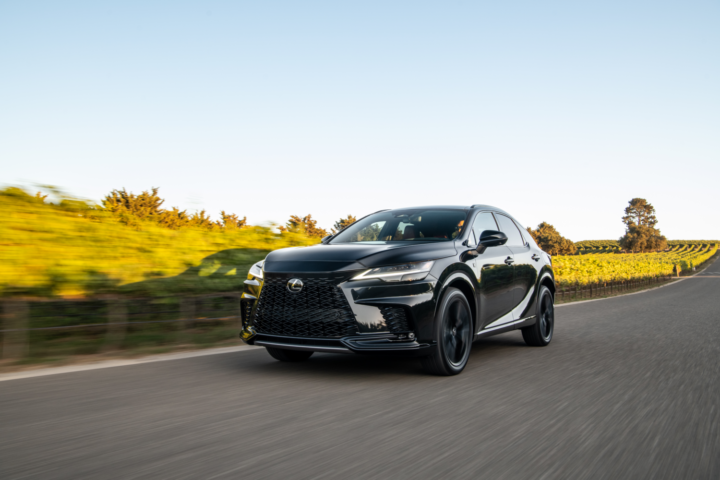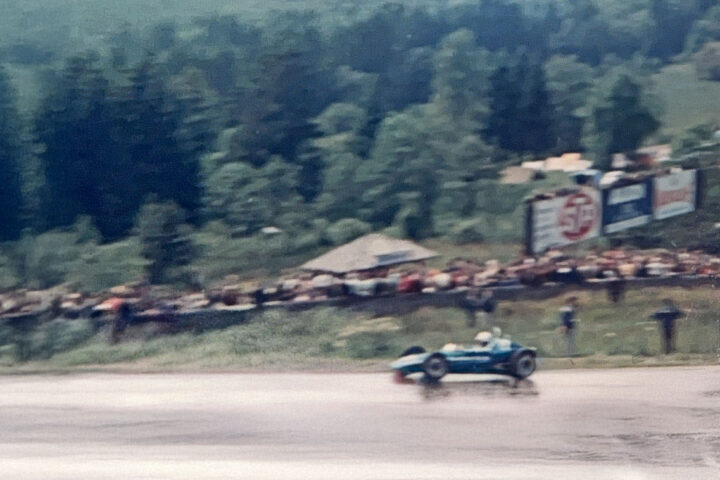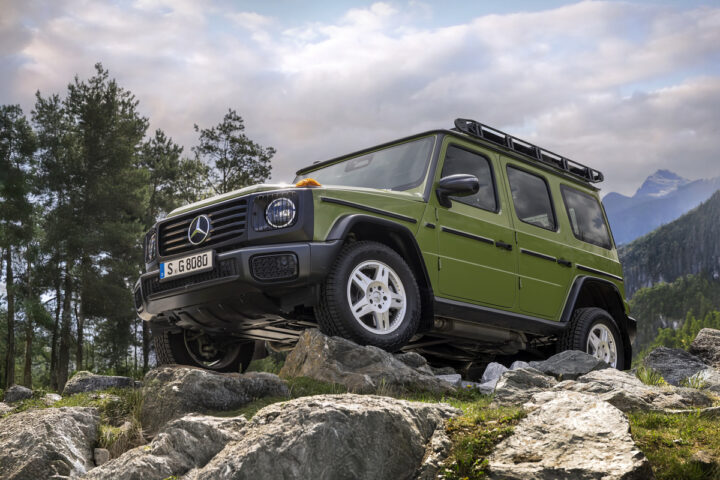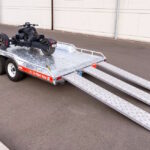Jumping in the car and heading across the country is a dream many Americans have, immortalized in books and films, the road trip is more than a trip from one point to another, it is a journey of self-discovery, a rite of passage, and can change the way you think about other parts of the country.
But while the media may romanticize the idea, the reality budgeting and planning for your own adventure can be a daunting task. Having crisscrossed the country several times, by car, motorcycle, and RV, here are my top tips for planning the perfect road trip.
Road trips should be about the journey; singing along in the car, friends, family, and stopping off at roadside attractions or taking some extra time to visit small towns. While you can technically drive Route 66 from Chicago to Los Angeles in just a few days, what fun is it if you don’t get to sleep in a Teepee motel or visit the Petrified Forest? When planning your trip be sure to budget extra time and money for stops and if the driving portion is going to take too much time or money perhaps scale back the distance and just do a segment of the route instead so you can really enjoy the trip.
Some of my favorite road trips include:
Route 66: Known as “The Mother Road” it’s world-famous for connecting Chicago to Los Angeles and historically being the road that opened the Southwest. Today a large portion of it is still open there are many great roadside attractions and historic points of interest are open to the public.
The Lincoln Highway: America’s first transcontinental highway connecting New York’s Time Square with the streets of San Francisco since 1913. If you want to see the original Main Street of America, the Lincoln Highway is a great trip and the Lincoln Highway Association makes it easy with some amazing interactive maps and information
CLICK HERE.
The Dixie Highway: Started in 1915 this is an old road as well, that was designed to connect Miami to Montreal. Divided into three divisions Western, Eastern and Central, and in reality, “The Dixie Highway” is three highways. My favorite is the western route which connects Chicago to Naples, taking you through Bowling Green, Nashville, Atlanta, Tallahassee, and Orlando along the way.
The Gulf Coast:
Starting in New Orleans with a final destination of Key West takes you from the bayous of Louisiana through the history-rich south, stop in Mobile, Pensacola, Tampa, and Everglades National Park before crossing the overseas highway and reaching the Southern Most Point in the US you can drive to.
Pacific Coast Highway: California State Route 1 is one of the most scenic drives in the world. Stretching from the Mexican Border the road hugs the beach and passes through some of the most exclusive communities along the California Rivera. Laguna Beach, Newport Beach, Santa Monica, Santa Barbara, San Francisco, until you find yourself in the Redwoods of the pacific northwest, jumping over to US Route 101 you can continue all way along the Pacific Coast until you reach the Seattle area.
Choosing the Right Ride:
Sometimes just taking your own car or motorcycle makes sense, but many times renting a car or even an RV can be a better option. Depending on the size of your group, the location you are planning to visit, and the time you have for your trip renting a vehicle can be a smart choice. When considering a rental vs. your own vehicle, factor in the gas mileage, maintenance, roadside assistance, if you need four-wheel-drive, and if your vehicle has enough space for you and your passengers plus the luggage. If you are driving your own car, check that the service is up to date, check the spare tire, jack, and make sure you have some kind of roadside assistance with towing and that it will tow your car at least 100 miles to an approved repair facility.
Another option is fly and drive, with a one-way rental when booking your flight and rental car compare the drop-off fees for both your start and finish points, the difference in those fees can be hundreds of dollars depending on where demand for rental cars is higher. You might have to swap your starting point and drive back home, but it can mean saving hundreds of dollars.
If you are really adventurous you can try what I did one year, flying and buying. A few years ago I flew to Wisconsin for the holidays and instead of flying home or renting a car, I purchased a 1995 Ford Thunderbird for $1,000 and drove back to Los Angeles, you can read that story HERE.
Renting an RV is another popular way to road trip and depending on your destination can make sense, just remember that you will have to hook up power or start the generator, refill water tanks, and pump waste while on the trip. When budgeting for your RV vacation, bear in mind, most RV rental companies also have a minimum deposit of around $500 and have daily mileage restrictions with per-mile charges after the allotted miles. You may also be limited on where you can go while driving the RV since they don’t fit through the Redwood tunnel.
Also budget for campground fees which according to the
RV Industry Association average between $30 to $50 a night with hookups, also use resources like
Free Campsites to locate free and inexpensive camping locations across the US.
Figuring out fuel costs can be one of the hardest parts of a trip as fuel prices can range wildly in different parts of the country, for help calculating fuel costs the
US Department of Energy has a handy fuel price guide that is broken down by region and updated weekly. Combine that with
RoadTripAmerica.com’s fuel cost calculator and you should be able to get a good estimate of your overall fuel costs.
Lodging:
If you have decided to rent an RV or camp lodging is wherever you decide to stop. If you are traveling solo or with a friend an air mattress and sleeping bags can turn an SUV, Minivan, or Wagon into a great little camper, just be sure to check
Free Campsites for locations that have restrooms and showers.
For hotels, motels, and hostels try not to plan those stops, unless there is a special hotel you want to stay at because it is iconic or part of the destination experience. In my experience booking after 2pm day of nets the best deals on lodgings. Using apps like Priceline or Hotel Tonight can save you 60% or more on bookings. If you are going to a very popular destination you might want to book ahead, but you will likely pay more than booking the same day. If you are booking by phone make sure the price quoted includes all occupancy and tourism taxes, resort fees, and parking.
Food:
The obvious and easy solution is to just pack a cooler and go to grocery stores where a case of water is $3 instead of buying a bottle of water for $2 each at the gas station. While making sandwiches can save a lot of money, the diners and roadside cafes are what road trip memories are made of! Be sure to budget a little extra to get a Frito Pie in Santa Fe, or Alligator Sliders in New Orleans, so you can at least say you tried them. In most rental RVs you’ll have a full kitchen and be able to save a lot by cooking meals “at home”. If you are staying at hotels, be sure to take advantage of their morning breakfast before you hit the road.
Budgeting for the Trip:
Once you have determined the when, where, who, the only thing to work out is how much is it all going to cost and who is paying for it. If you are traveling with friends make sure everyone is on the same page, nothing can sour a trip and a friendship more than a misunderstanding about money. Before you finish your budget be sure to consider any other equipment you might need to buy, like a roof rack or camping gear, and don’t forget about costs for entry into State and National parks that might be on your route. One last thing, make sure to factor in some funds for souvenirs to remember your trip!
Post Views: 368

